Elk aren’t exclusive to Yellowstone National Park, but they rank among its most beloved herbivores, second only to bison.
Among the most prominent roadside animal in Yellowstone, elk are much more prevalent than bison, numbering around 10,000-20,000 head in summertime. In winter, the number drops to less than 5,000, but given that bison only number 4,900 (as of July 2014) they certainly seem to occupy more of the landscape.
They’re as much a part of the visitor scenery as well. Mammoth Hot Springs is famed for its concentration of mineral terraces, but the area is also a hub for Yellowstone elk. They make for a prominent welcoming committee as you roll up to the Mammoth Hot Springs Hotel, lounging on the lawn, munching on the grass.
Basic Facts
- Scientific name: Cervus elaphus.
- Males are called bulls, females cows.
- Baby elk are called calves, while yearlings are called spikes.
- A bull weighs on average 700 pounds, while cows weigh 500 pounds.
- Cows stand about four-and-a-half feet at the shoulder and measure six-and-a-half-feet long.
- Bulls, meanwhile, stand roughly five feet at the shoulder and measure eight feet from nose to tail.
- Elk coloring changes through the season: summer elk skins are coppery while their coats turn light tan during the rest of the season.
- Rump patch is a light beige.
- Legs and neck are darker in hue.
- Elk coloring inspired their alternate name, “wapiti,” which translates to “light-colored deer.”
Varieties
- The elk found in Yellowstone National Park are known as “Rocky Mountain elk.”
- Rocky Mountain elk sport the largest antlers.
- Roosevelt’s Elk (found in the Pacific Northwest) exceed Yellowstone elk in body size but not antler size.
- Other varieties include Tule (California) and Manitoban (north Great Plains) elk.
Habitat
- Rocky mountain elk live all across the greater Rocky Mount area.
- In Yellowstone, elk have different habitats and territories depending on the season.
- In summer, elk prefer the Lamar Valley and Elk Park, along with Gibbon Meadows.
- Autumn elk move around Mammoth Hot Springs and the Madison River.
- Winter elk will move north toward Gardiner, Montana, though small bands of elk can be found along the Firehole and Madison Rivers, as well as inside the Jackson Hole Elk Refuge.
Diet
- Grazing herbivores.
- Feed on grasses, plants, leaves, and bark.
- Elk also search for mineral licks.
Reproduction
- Elk go into “rut” i.e. enter mating season from early September to mid-October.
- Calves and cows congregate into “harems” while bulls prepare themselves for mating and guarding against encroachments.
- “Preparations” include wallowing in mud/urine, rubbing their antlers on trees, and bugling.
- Sometimes, bulls fight for control of harems.
Calves
- Born late May through early June.
- Weigh, on average, 30 pounds.
- Born with white spots, which complements their brown fur and helps them stay camouflaged.
- Calves are also born with little to no scent emanating from their bodies, which makes it difficult for predators to sniff them out.
- An elk can walk within an hour of birth.
Disease
- Elk are susceptible to both brucellosis and chronic wasting disease.
- Brucellosis is especially feared for the detrimental effects it can have on cattle and (more broadly) the meat industry.
Antlers
- Only males grow antlers.
- Antlers are grown and shed every year.
- Antlers can weigh up to 40 pounds—nearly six percent of their average body weight.
- Unlike pronghorn, bighorn sheep or bison horns, antlers are singularly bone. Horns, meanwhile, are grown from specialized hair follicles.
Red Velvet
- Throughout the summer, antlers grow under a fuzzy layer of skin called “velvet.”
- Blood pumping through the velvet deposits calcium, which increases the mass of bone.
- In August, as antlers reach peak growth, bulls begin rubbing the velvet off, revealing stately spires of bone.
- Rubbing antlers against trees helps polish and sharpen them in anticipation of the rut.
 Yellowstone Insider Your Complete Guide to America's First National Park
Yellowstone Insider Your Complete Guide to America's First National Park
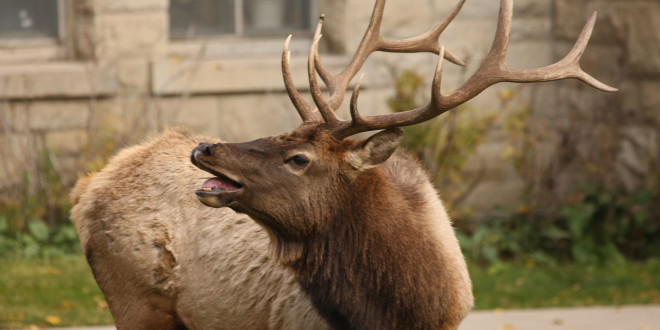
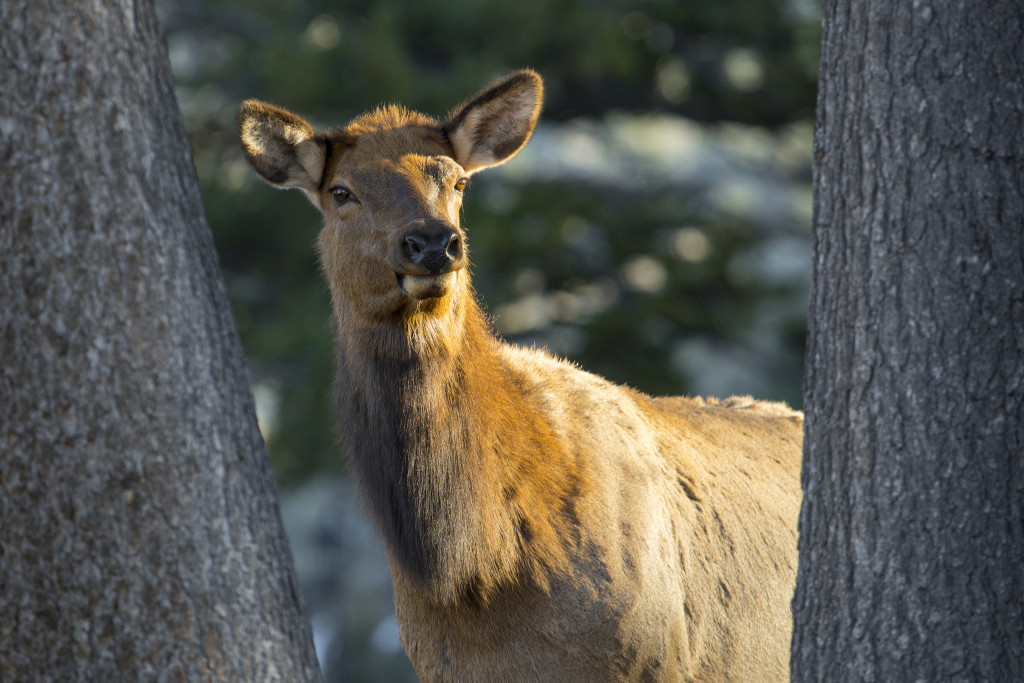
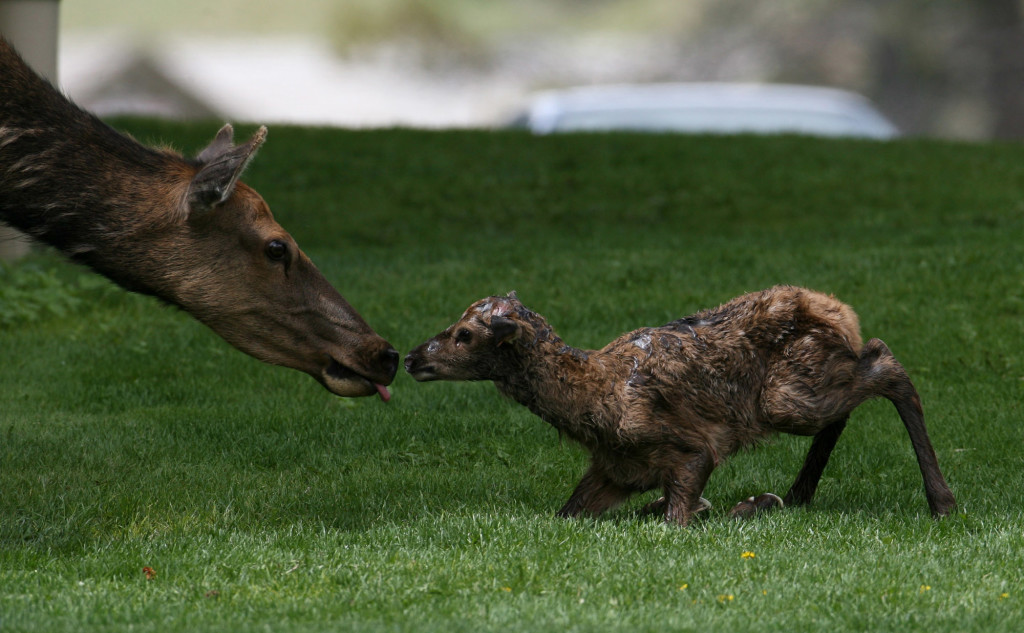
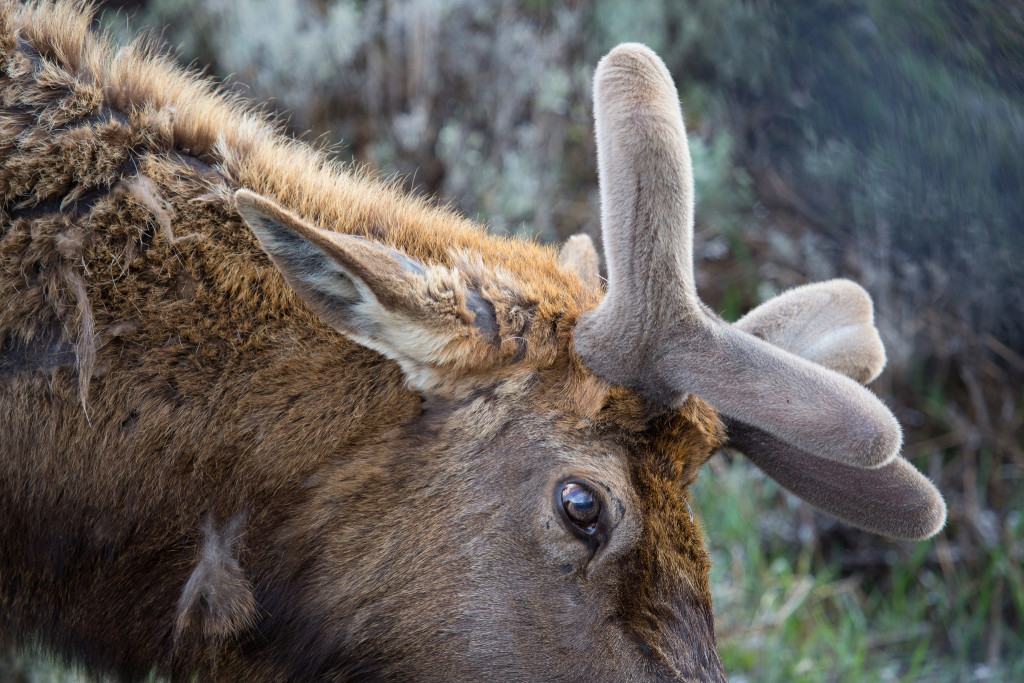




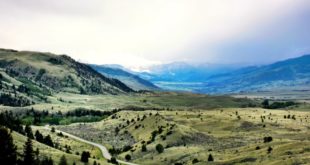
You must be logged in to post a comment.